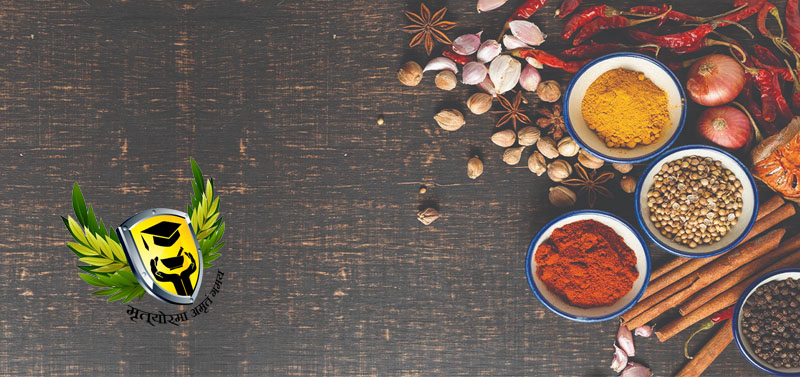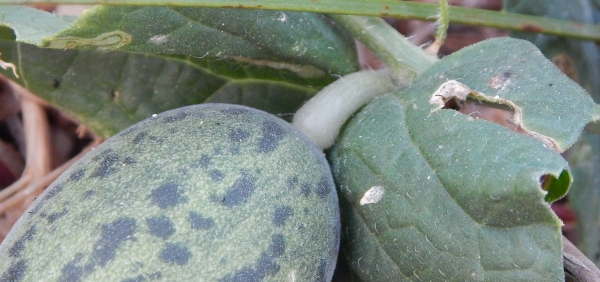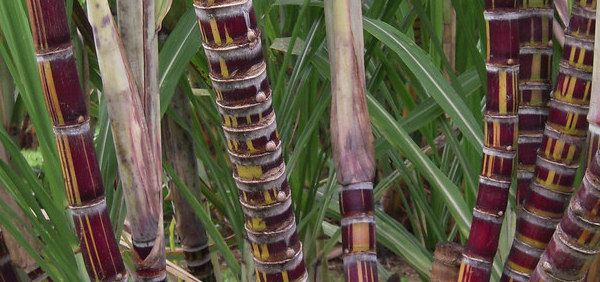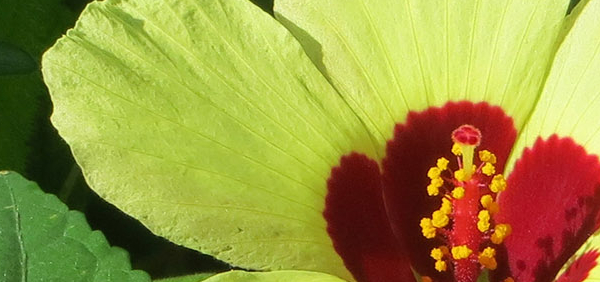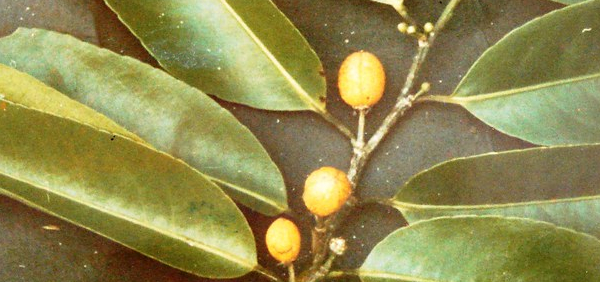amalaki :
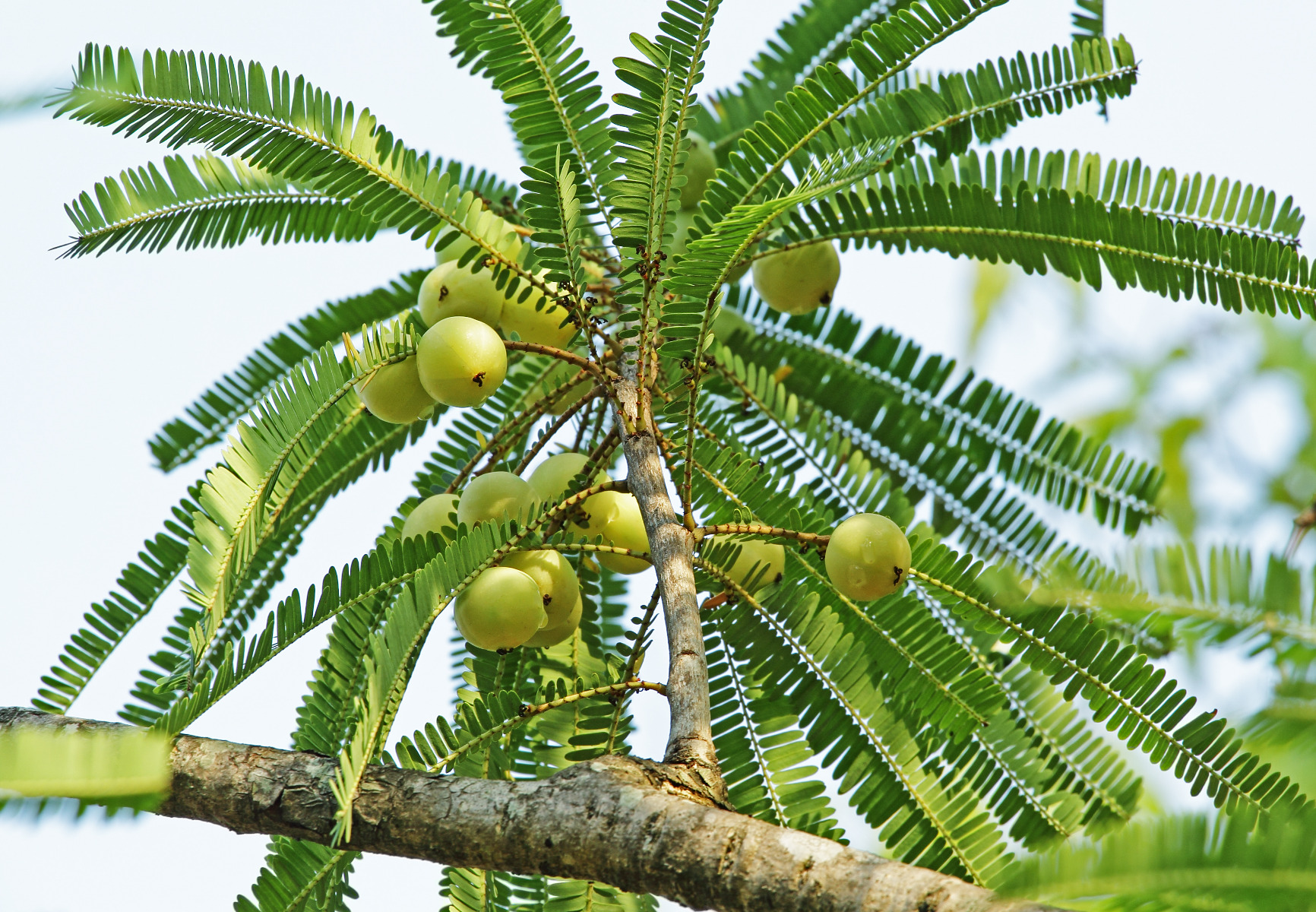
Amla undeniably a powerhouse of nutrients. It is a very delicious fruit. Amla is also known as Indian Gooseberry. This herb is a little fruit stuffed with versatile and miraculous health benefits. It is worlds best recognized herb and edible fruit rich in vitamin C. Amla is the best natural source of this vitamin which helps in keeping the skin healthy and strengthens the immune system of the body. It is also a very good antioxidant that can prevent ageing and rejuvenate the cellular structure keeping it young and healthy for a long time. The herb prevents our body from bacterial and viral aliments like cold and cough.
It is used in various forms because of its many health benefits. One can use it as a fresh fruit juice, powder form or as a whole fresh fruit. In Ayurveda this herb is best used to make the equilibrium of three major powers of body (tridosha) i.evata, pitta and kapha.
It belongs to Phyllanthaceae family. The Latin name of the plant is Emblicaofficinalis.
Amla or Amalaki can be said as the most used Ayurvedic ingredient. It is both a food and medicine. This small fruit is stuffed with innumerable health benefits that can ever be imagined. The word Amla refers to sour, which is its predominant taste. Its botanical name is Emblica officinalis or Phyllanthus emblica.
This plant is rooksha(dry), astringent and swadu (sweet) in taste. It helps in making balance of kapha and pitta.
Taxonomical Classification
Kingdom: Plantae - Plants
Order: Malpighiales
Family: Euphorbiaceae
Genus: Phyllanthus
VERNACULAR NAMES
Sanskrit: Amalki, Dhatri, Shriphala, Amrutaphala, Vayasya, Tishyaphala, Sheetaphala.English: Indian gooseberry
Hindi: Amla
Telugu: Useeri kaya, Usheeri kaya.
Tamil: Nellikai
Malayalam: Nelli
Kannada: Nelli
Nepal: Kyu-ru-ra
Persian: Amlaj
Mentions / Gana
Amalkyadi (Sushruta Samhitha)Jwarghna (Charaka Samhitha)
Kasaghna gana (Charaka Samhitha)
Kusthghana (Charaka Samhitha)
Parushkadi gana (Ashtanga samgraha)
Parushkadi gana (Sushruta Samhitha)
Triphala (Sushruta Samhitha)
Vayasthapana gana (Charaka Samhitha)
Virecanopaga Varga (Charaka Samhitha)
Synonyms
Synonyms in Ayurveda: dhatriphala, amalaki, shriphala, dhatrika, dhatri, amrita, shita, gayatrei, vrushya, rocani, tishyaphala, pancarasa, kayastha, amalaVaysya, amalaki, vrishya, jatifala, shiv, dhatrifala, shrifala, and amritfala are various synonyms of this herb. Amalak, dhatri, tishyafala and amrita are Sanskrit names of amla. All the effects of this herb are equivalent to haritaki. Special features of this herb is to cure bleeding disorders (rakta pitta) and diabetes (prameha). It is aphrodisiac (virshya) and anti-ageing (rasayan). Its sour taste is used to pacify vatadosha, sweet taste and cool effects help to pacify pitta dosha and dry (rookash) and pungent taste pacifies kaphadosha in body. Hence this herb is used to make the equilibrium of tridosha. Virya of seeds and fruits are also same.
Amalki, Amalaki – having sour taste
Dhatri – takes care of the patient like a mother
Shriphala fruit is auspicious
Amrutaphala – As good as nectar
Vayastha, Vayasya – anti aging
Tishyaphala,
Sheetaphala – has coolant propert
Rasa: Amla Kashaya Katu Madhura Tikta
Guna: Guru Sheetha
Veerya: Sheetha
Vipaka: Maduram
Karma: Jwarahara-useful in fever, Kushtagna-useful in skin diseases,
Dosage:
Powder/churna – 1-3 gm
Saar/juice– 10-20 ml.
Chyawanprash – 1 teaspoonful in morning
Morphology:
Deciduous tree medium in height grows up to 8 meter with slightly curved trunk. Branchlets are finely pubescent 10-20 cm long. Leaves are finely and closely set along the branchlets. Leaves have pinnate resemblance, very tiny, simple and attached by the base to branchlets. Color of flowers are yellowish. This tree contains hard, smooth and spherical fruit yellowish green in color with six vertical stripes. Taste of Indian gooseberry is sour, bitter and astringent and edible fruit is a great source of fiber.Seed kernel qualities
Amla seed kernel is sweet and astringent. It is
Vrushya – natural aphrodisiac
Pradara – uterine bleeding disorders such as menorrhagia, metrorrhagia etc
Chardi – vomiting
Balances Vata and Pitta
Kasahara – relieves cold and cough
But seed kernel should be avoided during excessive diarrhea, abdominal colic, purpueral disorders and in pure Vata conditions.
Laghu – light to digest
Kashaya – astringent
Balances Kapha and Vata Dosha
Madakrut – can cause intoxication on excess use.
useful in –
Trut – excess thirst
Chardi – vomiting
Geographical distribution:
Amla is a very common plant in India. It can be easily found growing in semi – arid regions and plains of northern India. Uttar Pradesh, Tamil Nadu, Rajasthan and Madhya Pradesh are preferable subtropical area for cultivation of amla. The fruits are available from October till May during which time they are also collected and preserved in large numbers to be made available during the rest of the year.
A number of recipes and medicinal preparations of Amla are available which can always be enjoyed.
General Use:
- Amla is best anti-ageing herb (vayastapna).
- It improves vision and good for overall health of eyes (chakshushya).
- This herb is useful to pacify all three dosha (sarvangdosha) in various disorders of body.
- It is very effective in various bleeding disorders (rakatpittaghna).
- Amla is anti-diabetic and reduces sugar level in urine (premaghna).
- The herb has aphrodisiac properties (virshya) and help to reduce burning sensation (dahahara).
- This herb is very effective for heart (hirya) and also useful in fever (jwarghna).
- It is used to improve voice, sore throat and various disorders related to throat (kanthya).
- Amlaki powder is also used in the preparation of salt i.evidalavana.
- This herb protect us from various viral, fungal and bacterial infections.
Therapeutic Uses:
Amla for weight loss
Amla being rich in nutrients and anti oxidants is useful in weight loss. For this purpose, its powder – half a teaspoon 2 times a day before food is advised along with a teaspoon of honey. Honey being anti kapha, is useful in weight loss and also it potentiates the effect of amla
Amalki with Aloe vera juice – for liver health, radiant skin and long hair.
Gooseberry, mint leaves and jaggery in hot water – useful to have a calm stomach, useful in acid peptic disorders.
Amla candy – usually made with sugar or jaggery. It is good for gastritis, to gain weight and to cool down the body during summer.
Amla for skin diseases
Charaka Chikitsa Sthana 7/70
Administration of Lelitaka (purified Sulphur) along with the with the juice of Amla together with honey is the remedy par excellence for the cure of 18 types of Kustha (skin diseases).
Amla in Takradhara
Use of Amla in Takradhara procedure:
Takradhara is a traditional Ayurvedic procedure used for the treatment of psoriasis, hypertension etc. Here, medicated buttermilk is poured over a particular body part for a specified period of time.
To prepare the medicated buttermilk (Takra), amla is used, as below.
The powder of Amalaki and water are taken in the mentioned proportions
They are heated on moderate fire on the stove until 1/6th of water remains (i.e. until 38 tola – 456 grams)
The contents are filtered
To this equal quantity of sour buttermilk – 38 tola (456 grams) is added
The medicine for Takra Dhara is ready for use
Amla for dysuria
Tree turmeric (Daruharidra) with the juice of Amalaki – Phyllanthus emblica mixed with honey is useful in curing Paittika type of Dysuria. – Charaka Chikitsa Sthana 26/53
Amla during periods
During periods, Vata and Pitta Dosha can go up. Amla balances both these two Doshas, hence very useful during periods. But if the bleeding is less or periods are occurring late (once in more than six weeks), then it is best to avoid Amla.
Amla remedies for grey hair
(consult your doctor for the right advice)
Amla with Coconut Oil: 1 cup coconut oil + 2 tbsp amla powder.
Boil coconut oil in a pan and add this powder to it. Heat it till this mixture turns dark brown. Store this oil in a bottle and use regularly.
Amla With Almond Oil: heat almond oil and add this powder to it. Allow it to boil until it becomes dark in color. Let this oil cool and then pour it into a bottle.
Amla With Lemon Juice: Mix gooseberry powder with a few drops of lemon juice and 1 tbsp of curd to make a smooth paste. Apply this paste on the scalp and leave for 45 minutes. Wash it off with warm water. Repeat this remedy every alternate day until you see positive results
Can I leave amla powder on hair overnight?
It may cause dryness of hair.
If you wish to leave amla powder on hair, better to make a paste with sesame oil or coconut oil, Apply it on hair. Next day, morning, wash the hair. This way, there will not be dryness of hair and you will benefit due to the good effects of Amla.
The same thing can be done with other herbs that benefit hair – such as hibiscus flower powder or Bhringaraja or wild indigo.
Systemic Use:
It is one of the intelligence promoter widely used in the form of rasAyana chikitsa.
AmalakI is beneficial to patients with itching sensation, obstinate skin diseases, fever, uncontrolled thirst, burning sensation within the channels of the body, anorexia etc.
The fresh juice and raw fruits of AmalakI is cold in potency, tastier to drink, sweetish in taste, alleviates kapha doSha, reduces fever and burning sensation. It promotes virility and increases the lifespan of the individual when taken in the prescribed format of dosages and rasayana therapy modality.
Administration:
Amla is extensively used in many Ayurvedic anti ageing medicines such as Brahma Rasayana, Chyawanprash etc. Amla fruit alone is also an excellent anti ageing recipe.
Charaka explains usage of amla fruit in the following manner for rejuvenation benefits:
Source: Charaka Chikitsa Sthana, 1.3/9-14
- A person among the cows, living on cow milk for one year, mentally reciting Savitri Mantra with Celibacy (Brahmacharya) and controlled senses should at the end of the year,
- On a suitable day of the white fortnight (15 days, leading to full moon day) of Pushya (January- February), Magha (February- March) or Phalguna (March-April), observe fast for 3 days and
- Enter into a garden of Amalaki – Indian gooseberry fruit – Emblica officinalis.
- He should then climb upon an Amalaki tree laden with big fruits.
- Holding one such fruit in hand, he should stay there reciting Brahma Mantra (Omkara chanting) till the fruit gets impregnated with Amruta (Ambrosia).
- Ambrosia will come to that fruit for a moment due to the Sacred effect of Mantra, these fruits become sweet like sugar and honey in taste, unctuous and soft.
Benefits:
Long life with youthfulness regained, depending on number of Amla fruits he takes in this process.
He becomes brilliant, like the Gods. He will be blessed with Shree (auspiciousness), the Vedas (knowledge) and Vak (Divine oration power) .
Pharmacological:
Vayasthapana – Of all the anti aging herbs – Amla is the best.
Chakshushya – good for eyes, improves vision
Sarvadoshaghna – Balances Vata, Pitta and kapha
It balances Vata due to its sour taste
It balances Pitta dosha due to its sweetness and coldness
It balances Kapha dosha due to dryness and astringent properties.
It is quite similar to Haritaki in qualities.
Raktapittaghna – useful in bleeding disorders.
Pramehaghna – Useful in diabetes and urinary tract disorders.
Vrushya – aphrodisiac
Rasayana – anti aging, rejuvenative
Kanthya – useful in throat diseases, improves voice, good for throat.
Hrudya – good for heart
Daahahara – relieves burning sensation
Jvarahara – useful in fever
Rasayana – anti aging, rejuvenative
Amalaki churna is used in preparing a type of salt called Vida Lavana
Research:
Research on Amla juice –
In a clinical trial, 30 obese persons, randomly selected were administered 20 ml of fresh fruit juice of Emblica officinalis on empty stomach, 2 times a day mixed with water. Duration of study was 45 days. Significant change in the body weight was noted. (1)
Anti cancer activity of Phyllanthus emblica (2)
The flavonoid quercetin of Amla is known to to attenuate tumor growth in multiple animal models. This includes xenograft model of leukemia and pancreatic cancer
S. Cheng, N. Gao, Z. Zhang et al., “Quercetin induces tumor-selective apoptosis through downregulation of Mcl-1 and activation of Bax,” Clinical Cancer Research, vol. 16, no. 23, pp. 5679–5691, 2010.
Anti diabetic activity – Amla was studied to demonstrate hypoglycemic activity in an animal experimental research study(3)
Analgesic Effect of Indian Gooseberry (Emblica officinalis Fruit) Extracts on Postoperative and Neuropathic Pain in Rats (4)
Toxicological Evaluation of Emblica officinalis Fruit Extract and its Anti-inflammatory and Free Radical Scavenging Properties (5)
Precautions:
Being a natural coolant, amla, in some people can increase urine frequency. For them, it is best to take amla with a pinch of sandalwood powder. This should resolve the problem.
It is safe in children, during pregnancy and lactation.
But because it is a natural coolant, some people with cold or cough may observe that the symptoms are worsening, if they are eating Amla fruit or taking Amla powder alone.
Consuming excess of Amla fruits – More than 4 per day can cause skin dryness in some people. Some people alsofeel dryness of hair due to this. Dryness is associated with coldness. Hence, taking excess of amla can cause dryness. For such people, it is best to take it along with a little ghee or oil.
CONCLUSION:
Is frozen amla as good as fresh amla?
Any fruit, which is fresh is always better. However, due to seasonality of the Amla fruit, it is not available throughout the year. Hence, for the sake of convenience, it can be frozen and used as and when required. I would say, it is not as good as fresh amla, but still good enough to use.
Read related: Amla remedy for excess body heat
Is Amla incompatible with milk?
Yes, all sour foods and herbs, including amalaki, are incompatible with milk, because Amla curdles it.
Solution? You need to give a gap of at least 30 minutes between intake Amla and milk. For example, if you are prescribed Amla capsule, along with Turmeric capsule with milk, then take Amla capsule before food, have food, and then take turmeric capsule with milk. This will ensure that the milk and amla are separated.
Is milk to be avoided with Amla?
In Astanga Hridaya, in vajikarana chapter, Vagbhata prescribes amla powder with milk.
In Ashtanga Hrudaya, Uttaratantra, Vajikarana Chapter (40th chapter) – 27th verse, there is a reference of usage of long pepper, amla, processed with amla juice, sugar candy and honey. – Here, milk is not used in processing the product, but is only used as Anupana. Moreover, by processing it with honey and sugar candy, the product would be sweet than sour. Hence, milk as after drink can be substantiated.
Is amla hepato-toxic?
I read in Wikipedia that hidrolizable tannins can be hepatotoxic.
Tannins only in a very high dose, amounting to 20-30 amla fruits per day would be toxic. But no one takes that amount of amla in a single dose.
Are amla capsules and tablets as effective as powder?
Amalaki powder gets absorbed and shows effect very quickly than tablets and capsules. More often capsules contain only selected extracts of the fruit rather than the whole herb.
Ayurveda recommends whole herb than extracts.
Can Amla be taken throughout the year?
Yes. But it is always best to give a break once in a while, when using any Ayurvedic herb. If one is taking this fruit throughout the year, because it is a coolant, consider stopping it during winter.
Does amla cause any type of bleeding?
No. Usually coolant herbs are styptic in nature. Amla is a coolant fruit. This is why, it is used in bleeding disorders such as nasal bleeding, menorrhagia. In children with repeated nasal bleeding, amla hair oil is advised for the same reason.
Ayurvedic Formulations:
Common Ayurvedic Formulations of amalaki with their IndicationsBrahma Rasayana
OphthaCare - Herbal eye drop is a polyherbal formulation indicated for anti-inflammatory and antihistaminic effect
Trichup Herbal Hair Pack Powder
Lala Dawasaz Herbal Hair Oil
G3 Triple Action Ayurvedic Hair Wash - G3 Hair Wash keeps hair soft, silky and manageable. It is completely safe & free from harmful chemicals.
Herbal Shikakai Henna Shampoo
Hairvit Oil
Hyponidd
- » Classification and names of amalaki
- » Synonyms and definitions of amalaki
- » Drug Properties of amalaki
- » Chemical Constituents of amalaki
- » Standardization of amalaki
- » Parts used and Dosage of amalaki
- » Morphology and Histology of amalaki
- » Distribution and Conservation of amalaki
- » Cultivation of amalaki
- » amalaki in the market
- » Medicinal Uses of amalaki
- » Researches and clinical trails of amalaki
- » amalaki in other sytems of medicine
- » Ayurvedic formulations with amalaki
- » Images of amalaki


